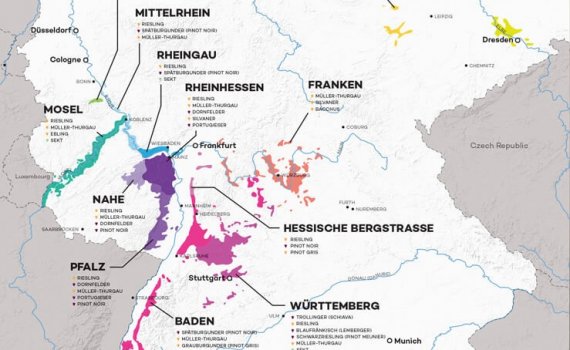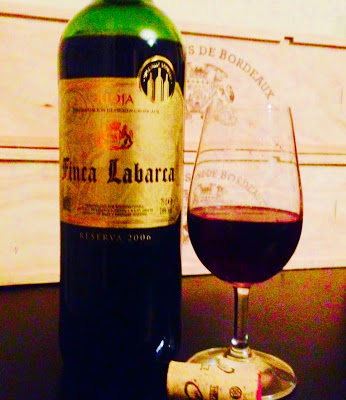
Red German Wines
I’ve recently been to Berlin for the wedding of a great friend. As I always do when visiting wine-producer countries, I explore their wines, and although it was a short trip exclusively for the wedding, I managed to try some wines…
We were lucky to have a nice Sekt at the wedding, instead of the usual Prosecco for the bubbly drink. German Sekt has suffered some bad press for being cheap and lacking in quality, considered by many to be nothing more than carbonated fruit juice, which is not fair at all! Most Sekt uses the Charmat method for secondary fermentation, similar to Prosecco, and are usually sweeter and lower in alcohol than other sparkling wines. Sekt can contain aromas of apples, pears and white flowers, and when purchased correctly, can be a real treat!
Still in the wedding we got a lovely trocken (dry) Riesling – lots of fine wineries are producing more dry Riesling recently – but surprisingly the red was French. I asked why to the bartender, and she answered that German red wines were not good! Another unfair statement for German wines…
Germany’s red wines may not get the same reputation as their famous white wines, but they are really good! Food-friendly, fresh, and lively as their dazzling white wine counterparts, German red wine expectations should be set towards more delicate wine, lighter in body, high in acidity, and usually very aromatic.
The most widely planted red grape variety in Germany is Spätburgunder (literally “late Burgundian”), better known as Pinot Noir in the rest of the world, and it is considered to give the most elegant red wines of Germany. Other reds are Dornfelder and Trollinger.
As I couldn’t get a genuine German red at the wedding, I got a nice Dornfelder at the airport on my way back. A dark-skinned grape variety, Dornfelder is the second most grown red wine grape variety in Germany. It was initially bred (cross from Helfensteiner and Heroldrebe grapes) in 1955, to serve as a blending wine to improve the colour of pale reds. It only received varietal protection in 1979, and was then released for cultivation. Today it is prized on its own as a fragrant, full-bodied, complex wine with a fairly tannic acidity, and when fermented or aged in oak, it might fetch high prices.
Vivid dark cherry colour, slightly floral nose, dried plums and hints of oak. Velvety finishing. #dfwtasting #dagosfinewines @CasaDagostini pic.twitter.com/uu9iPzzNmt
— D’Agos Wines (@DAgosWines) 15 September 2017











